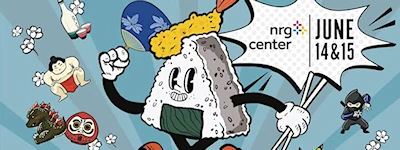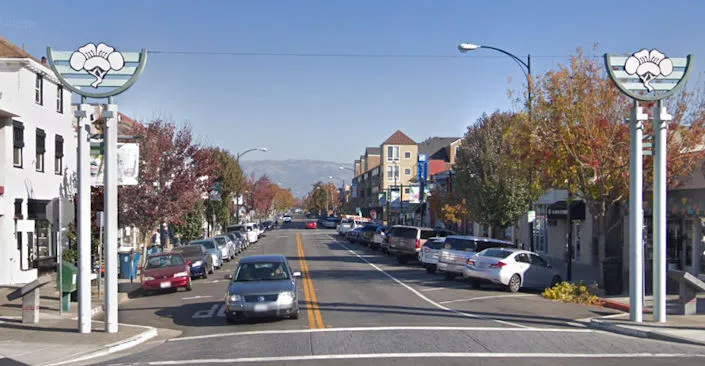Japantown, San Jose (5th & Jackson)
Event Location
San Jose, CA 95112
You'll discover scores of wonderful restaurants, sushi bars, and karaoke lounges-shops offering a fascinating array of merchandise from Japan--including art, antiques, kimonos, jewelry, books, gifts, toys, apparel, auto accessories, records, tapes, CDs, and DVDs - spas offering shiatsu, anma (Japanese full-body massage), and reflexology (a Japanese adaptation of foot massage developed by the British) - Japanese supermarkets packed with food products from Japan - displays of ikebana (traditional Japanese flower arrangements) - eight movie theatres and - two fine hotels--The Miyako Hotel and the Best Western Miyako Inn.
On many weekends -- particularly during the spring Cherry Blossom Festival and the summer months --you'll see traditional Japanese music and dance performances, flower arranging demonstrations, martial arts presentations, and a variety of other cultural events.
In short, you'll experience the color and customs of Japan right here in the heart of The City...just a mile from Union Square.
Neighborhood
The neighborhood that is now Japantown (Nihonmachi) is approximately one mile west of Union Square and is part of San Francisco's Western Addition, a subdivision that came into being with the writing of the Van Ness Ordinance in 1855. The land then was sandy and barren, and accommodated primarily bobcats, rabbits, quail, and chaparral.
In the 1870s, San Franciscans began to move to this area. They built homes in a variety of architectural styles with the Victorian influence predominating. Van Ness Avenue was the eastern boundary of the Western Addition and also the breakpoint of the fire caused by the great earthquake of 1906.
The Western Addition remained untouched by the fire and provided a haven for the bulk of San Franciscos burned-out population. Tent villages were hastily erected in nearby parks to provide emergency accommodations for homeless families. Later these families crowded into small apartments which Western Addition homeowners had built into the attics, basements, and wings of their homes. Many property owners raised their houses and placed stores beneath them, and additional commercial buildings were constructed alongside homes. Thus began the mixed land use which later brought restaurants, theatres, saloons, and hotels to the area.
San Franciso Japantown Guide
San Francisco Japantown Guide: Best Restaurants & Attractions..
San Jose Japantown Guide
San Jose Japantown Guide: Best Restaurants & Attractions..
Authentic Japanese Gardens (United States)
Best Japanese Gardens
Japanese Rock 'Zen' Gardens (United States)
Best Japanese Rock 'Zen' Gardens
Japanese Teahouses (United States)
Best Japanese Teahouses
Japanese Museum Art
Japanese Museums Map of Japanese Museums

















